![A-Warning-To-The-World[1]](https://thelifepilot.com/wp-content/uploads/2022/11/A-Warning-To-The-World1.jpg)
It’s hard to believe but the world has been living in what we have all come to know as the new normal for months now. For many of us it’s getting hard to remember what the real normal used to look like. It can seem like years ago that we could move about freely without concern about whether or not we will end up being infected with a disease for which there is currently no cure. And, it’s even harder to remember what it was like to be close to others and even touch them with worrying about being the next victim of COVD-19.
Looking back at what it was like just a few months ago, we can all remember the little things that we all did and that everyone we have ever known did going all the way back to the beginning of civilization. We’re talking about handshakes and hugs. Just imagine a video montage of people walking freely and carefree into a bar or restaurant or office or even someone else’s house. Mix that in with shots of people greeting each other with handshakes and smiling hugs. Clearly, a video like that would seem oddly familiar but somewhat strange as these are all things that we have stopped doing all around the world. And, it’s sad to say that these simple and engrained actions may largely become a thing of the past for years to come and maybe even forever.
So, the question that people, governments, health organizations and other entities all around the world are facing is when and how we can all get back to something that resembles the world that we left behind just a number of weeks ago. Well, that answer may be something that will take a long time to figure but we are on the cusp of finding out. That’s because we are now finding out what happens when places try to return to normal while the virus is still present. And, the best example so far can be found on an island in Japan known as Hokkaido.
The Starting Line

Many people would assume that living on an island would limit exposure to a number of things including diseases because of the limited access compared to many other areas which are open to travel from all directions. This, however, was not the case with Hokkaido, which is a prefecture of Japan with over five million inhabitants. Before it became the first major area to be hit with a Coronavirus outbreak it was known for its farming and fishing. Still, it has other attributes which made it a place to go including the fact that it is very mountainous and hosts a popular festival every year known as the Snow Festival that, in recent years, drew as many as two million people. It was always centered in the city of Sapporo and was a big draw because of its fine ice sculptures and crab delicacies.
In fact, the festival was so popular that drew patrons from all over the world and many hundreds of thousands from China. This was accelerated by the fact that the festival took place during a major Chinese holiday for the Lunar New Year.
A New Hot Spot
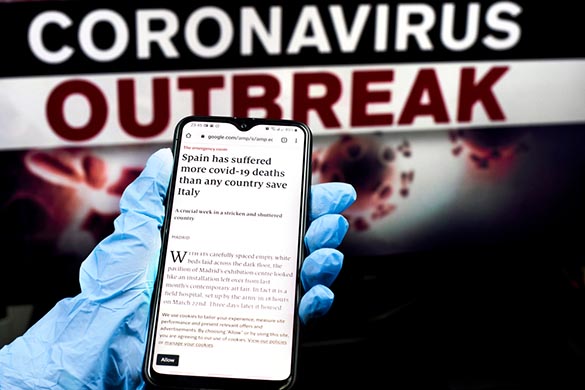
The key fact that this past year’s Snow Festival in Hokkaido took place just as the Coronavirus was spreading across China was, indeed, an unfortunate circumstance but it easily explains why Hokkaido became the epicenter of the outbreak in Japan in the early stages of the crisis. The good news was that the regional authorities quickly assessed what the situation was and ordered a lockdown that quickly worked to significantly slow the spread of the virus. The known timeline began around January 31st when a local physician was called to treat a Chinese woman who had been attending the festival. Soon after, there was an increasing number of Chinese travelers who began flooding the local hospitals.
A month later, on the 28th of February, the case load in the hospitals had risen to over sixty people. This prompted the local leaders to institute a lockdown. There was, however, a small problem with this as the Governor of the region did not have the authority to make the lockdown mandatory. This was mainly due to the Japanese constitution which prohibits law enforcement from forcing citizens or businesses to stop moving about or doing business. Students of history will understand that this came about as a way to prevent the return of fascism which gripped Japan in the lead up to World War II.
The good news here is that the citizens of Hokkaido tend to be quite cooperative and largely stayed in place to help the authorities. To some degree, it didn’t hurt that it was winter time in the highlands and people tended to not go out that much.
The Downward Curve
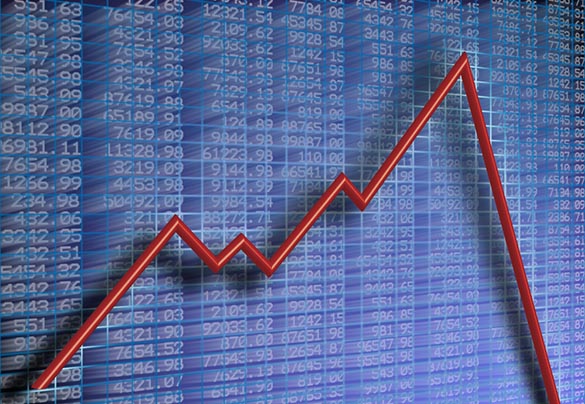
After more than a month and a half of being locked down, Hokkaido was rewarded with a steep decline in the number of cases. In fact, on some days toward the middle of March the daily count of known cases had often fallen into the low single digits and even to absolute zero on some days.
Add to that the fact that many businesses were beginning to clamor for a re-opening in the wake of all of the good news and you could see that the Japanese authorities were going to have to start thinking about restoring some kind of normalcy. After all, and as we in the United States are now seeing, there is only so much that the average citizen or business owner is willing to take before they begin to make noise that is hard for authorities to ignore.
As a matter of fact, things got so bad within the business sector that farmers were left to watch much of their crops wither and die and the commercial market for their products dried up mainly due to school closings. And, as we’ve discovered here in America, it’s not an easy thing for a company set up to service businesses and institutions to simply shift gears and start offering their products to the private sector through grocery stores.
The Second Wave
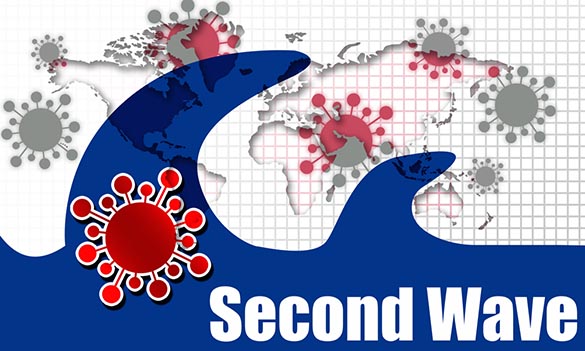
At first, it seems as if Hokkaido would be a model for the rest of the world to follow in the way that it dealt with the outbreak. First, they identified the infected with symptoms quickly and then isolated and treated them in order to get them out of the population before they could infect others further. Then, they put into play a strategy that would include good hygiene, which the Japanese culture is famous for, and a plan centered around social distancing. Unfortunately, and what the authorities didn’t see coming was a second wave of the virus that is profoundly worse than the first wave.
The big issue by the middle of March was that the pressure was mounting from all sides to reopen Hokkaido as numerous large and important business interests were feeling the pain so much that they began using their influence to get the national government to apply pressure on the Governor. Seeing that something needed to be done, the Governor, with the help of the doctor who first recognized what Hokkaido was dealing with devised a phased plan for reopening the economy. They ended the state of emergency and asked the people to responsibly re-integrate themselves into society slowly. As it turned out, the timing of the end of the emergency coincided with a major holiday and three day weekend which many used to congregate in large groups in public such as bars, restaurants and cafes. There is little doubt that this mass intermingling of people led to the severity of the second wave.
It must be remembered that Hokkaido was an early victim of the virus and, therefore, knew far less about it than we do now, some two months later.And, even now, there are many things about the virus, its characteristics, its origins, etc, that we still don’t fully understand.
Dealing With The Consequences
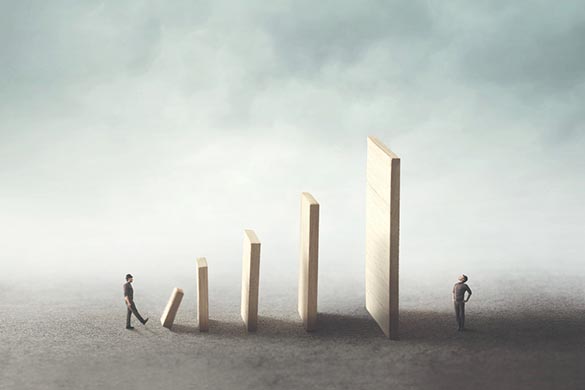
When the second wave struck it struck hard as many people were infected, some with no symptoms for themselves. This and the rapid opening led to a huge increase in the amount of known cases and from there the number of infections and deaths began to rise exponentially.
Having recognized their mistake the Government put the emergency order back in place and businesses are now facing a far greater time before they can consider re-opening. Of course the economic devastation is taking its toll on the economy of the island and beyond but now government and business leaders know that they will not be able to let their foot off the gas when it comes to mitigation measures.
Still, considering that a vaccine will not likely be widely available until sometime next year it appears as if this is the new normal in Hokkaido.
The German Equivalent
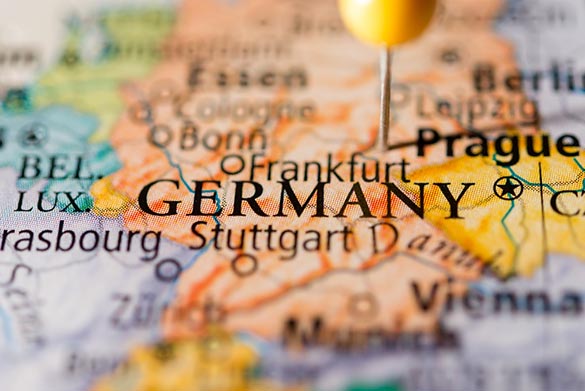
We all wish that we had known more about the Coronavirus and how it was among us far earlier than we knew. Still, most of the world was in the same boat with respect to that and most countries decided to deal with it in ways that were best guesses and not previously known science. Germany was a great example of this as the German Prime Minister instituted a massive shut down of the economy very early on in the crisis.
Add to that the German effort to produce and use a high level of testing and contact tracing and what you had was a model system for dealing with the viral outbreak. Still, even though Germany was comparatively successful in its efforts, it too, began to face the inevitable backlash from its business sector and other groups.
That said, the Germans have apparently learned something from those in Hokkaido and are making plans to slowly reopen the economy in small steps in order to have time to assess the damage and reverse things if there is a serious increase in the numbers. However, this strategy will definitely result in a long recovery no matter how it goes. The question is whether the business leaders and the German people are willing to go the distance.
Warnings For Us All
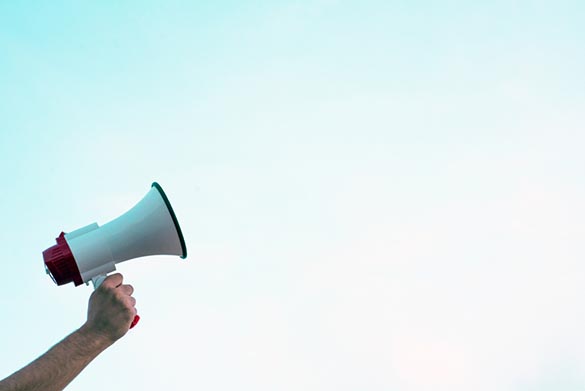
The United States prides itself on being an advanced nation and leaders of the world when it comes to advanced technology and medicine. The question that remains to be answered is whether this country will marshall its forces, learn from what has happened elsewhere in before, and develop a strategy that will save as many lives as possible and prevent an economic meltdown that may take years to get over.
Based on what we are seeing at this moment, the United States has not learned a lot from the Japanese or the Germans and is plowing straight ahead with a mass reopening in many regions. And considering the latest details on how rural areas are now finding themselves to contain large and growing hotspots especially around prisons where some are showing infections rates as high as seventy percent and meat productions plants it could be a long haul that the U.S. could be facing in its efforts to return to something that resembles the normal that we all knew so well just a few months ago.






